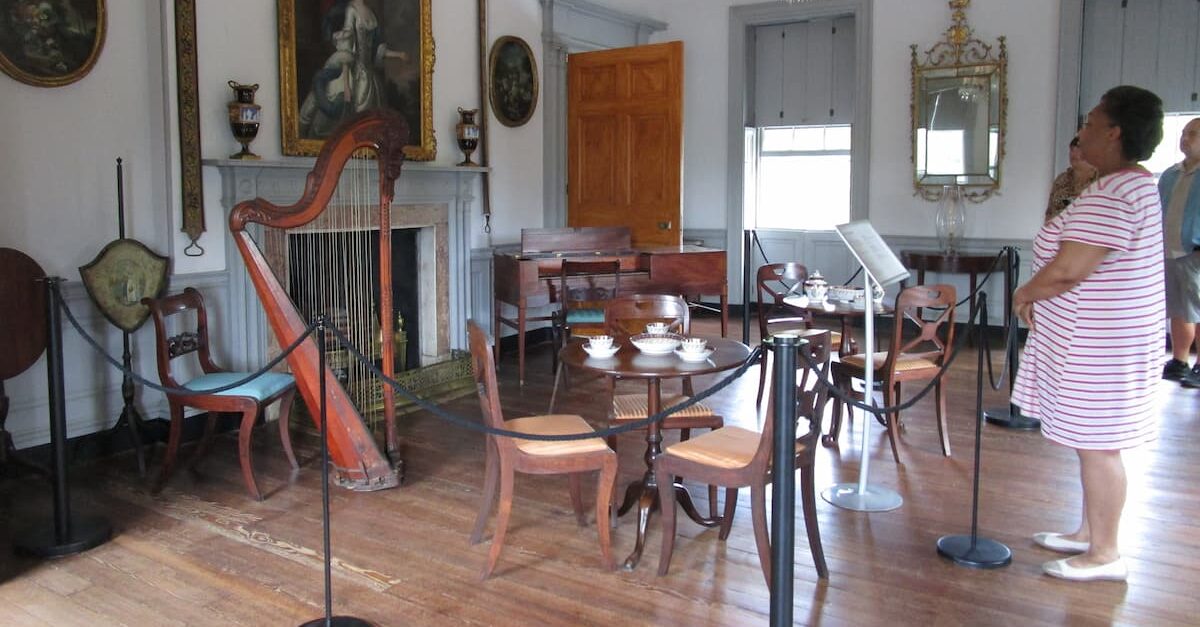
Go World Travel is reader-supported and may earn a commission from purchases made through links in this piece.
The Charleston Museum in Charleston, South Carolina turned 250 in 2023! Predating the United States Declaration of Independence by 3-1/2 years, this museum continues to attract visitors and is a must-see for those visiting this beautiful Lowcountry city. 360 Meeting Street.
History
Members of the Charleston Library Society founded America’s first museum on January 12, 1773 and it evolved into The Charleston Museum of today. Initially created to examine the area’s natural history, it soon focused on other collections including objects from around the world. Today it has over 2.4 million objects in their collections.
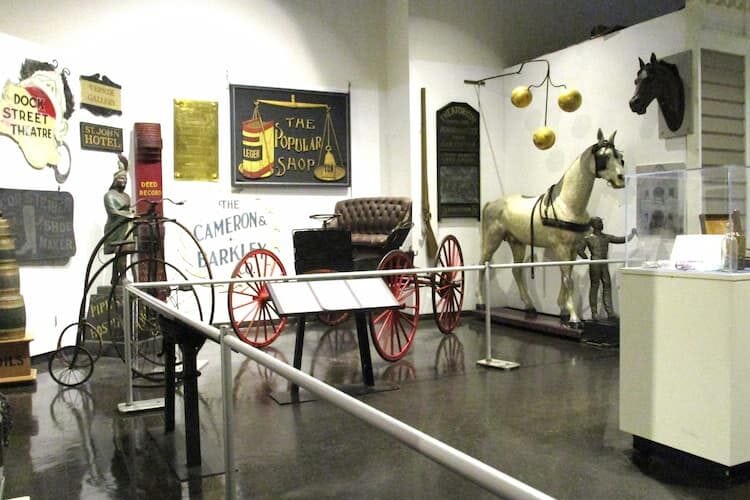
Best Tips & Tools to Plan Your Trip
To put 1773 in perspective, these other events happened that year:
January 17-Captain James Cook becomes the first to cross the Antarctic Circle.
February 9 -William Henry Harrison (9th President of the United States) was born in Virginia.
December 16- The Boston tea party incident took place when Sons of Liberty protesters threw tea shipments into Boston Harbor in protest against British imposed Tea Act.
South Carolina was still a British colony when the Museum was founded and it has survived natural disasters, economic ups and downs, wars, and pandemics. Throughout 2023, the Museum has hosted special events and exhibits to celebrate and there is a historic timeline installation on view.
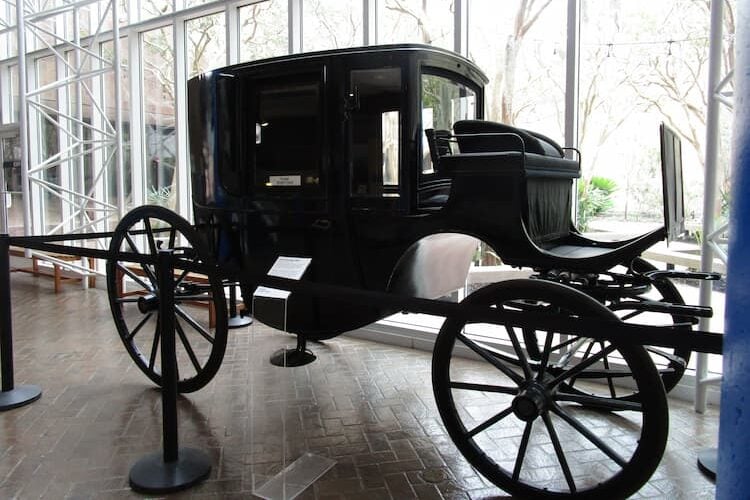
Today’s Museum
Walking into the Museum, you feel like you are somewhere special. From a historic funeral carriage to the skeleton of an Atlantic Right Whale hanging above you, you instantly feel like this museum has something for everyone, and it does.
This whale has been part of the Museum’s collection for over a century. It swam into Charleston Harbor in January 1880. Unable to find its way back to open water, sadly the whale was hunted for its valuable blubber by numerous vessels, while many watched the spectacle from the shore. It put up a mighty fight, damaging two tugboats, before succumbing.
Using archival images, the Museum has created a historic timeline featuring iconic pieces and historical facts. Annually, over 100,000 visit the museum. This year, they get to explore this timeline and learn about highlighted events that have made this Museum what it is today. When founded, its general purpose was to educate-and that is still central to their mission today.
Also on view are examples of objects found during area excavations with objects dating to 1492, a selection of costumes from the 18th century where you can see what people in the Lowcountry were wearing, and a selection of fine art, paintings, sculpture and more, from the 18th to early 20th century.
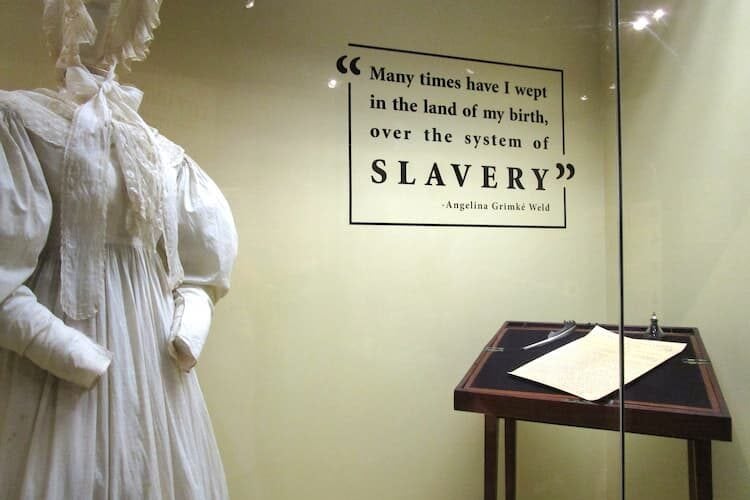
Amazing Collections and Family Fun
Spend time in curated collections highlighting history. The Armory has examples of weaponry used in both battle and duels dating back to 1750 and Becoming Americans: Charleston in the Revolution explores Charleston’s important role.
Learn about Charleston’s Grimke sisters, noted Abolitionists and step inside the Bunting Natural History Gallery, and experience an extraordinary collection of fossils, specimens, bird and animal mounts, and geologic examples, which join to tell the story of Lowcountry natural history.
If you are visiting Charleston, check in advance for programs for families. One popular program is Fossil Friday with the Natural History Department. Imagine visiting a laboratory at a museum!
Join their curatorial team on Fridays from 3:30 – 4:30 PM in the Bunting Natural History Gallery lab and they will be on hand to share projects currently being worked on and to help identify your own fossil finds!
Other programs and tours are available. Visit the Museum’s website for dates and ticket information. Free with admission.
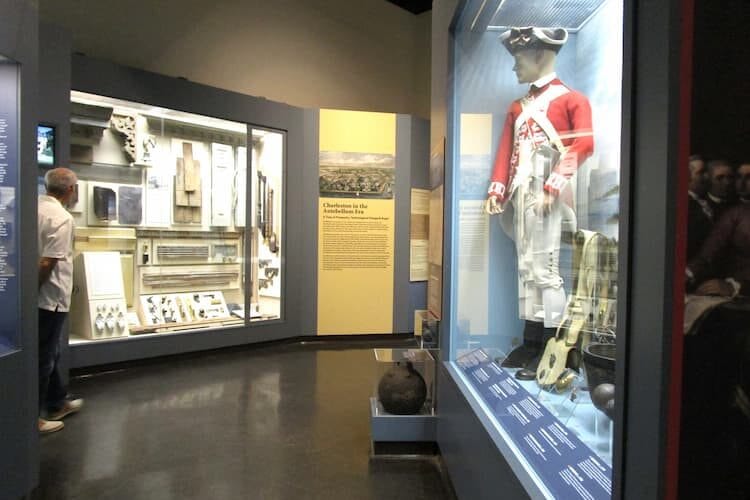
Museum Mile
The Museum is just one of many along a one-mile section of Meeting Street. There are a total of six museums, five historic houses, four scenic parks, a Revolutionary War powder magazine and enough lovely historic homes, houses of worship and public buildings (such at the Market and City Hall) to keep your camera clicking away.
The Children’s Museum of the Lowcountry, Museum at Market Hall, The Gibbes Museum of Art and the Postal Museum are just a sampling of walkable places to see in this area of Charleston.
While not in this general area, a small bus or car ride will take you to the newest museum in Charleston, the International African American Museum. Located near the South Carolina Aquarium at Liberty Square and on the site of Gadsden’s Wharf, where the enslaved arrived in ships from Africa.
The Museum shares, “Gadsden’s Wharf, a place of tragedy and death in the past, but one of pilgrimage and reconciliation today. Across time, a point of arrival. A place that can now be fully explored, interrogated, and honored. Together, we can move forward.”
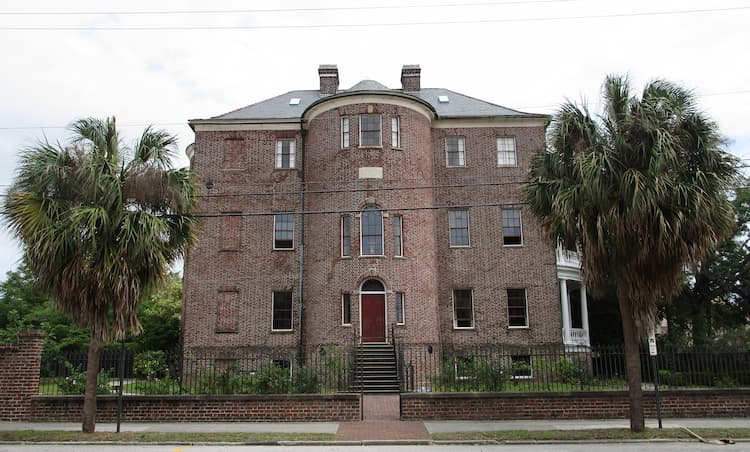
More to Explore
The Charleston Museum also manages two local historic homes, the Joseph Manigault House (across from the Museum) was built in 1803. It reflects the lifestyle of a wealthy urban family who made their money from rice, the House also shares the stories of the enslaved African Americans who lived there. 350 Meeting Street.
Built in 1772, the Heyward-Washington House is a Georgian-style double house and was home to Thomas Heyward, Jr. One of four South Carolina signers of the Declaration of Independence. The House has the only 1740s kitchen building open to the public and formal gardens. 87 Church Street.
Nearby you will find the Charleston Visitor Center, itself housed in a repurposed 1800s railway building where you can see more local exhibits, shop and pick up travel information.
Many local bus tours start from this location, and you can also catch the (free) DASH shuttle that is operated by the Charleston Regional Transportation Authority and travels through much of the historic downtown area.
For more information about Charleston, visit www.charlestoncvb.com.
Inspire your next adventure with our articles below:
Author Bio: Mary Casey-Sturk is the Associate Editor for Fort Thomas Living Magazine and senior writer for Hyde Park Living Magazine as well as a content developer, freelance travel, food, wine and features writer based in Greater Cincinnati.
- Together at Sea: A Mediterranean Family Adventure - April 27, 2024
- Travel Guide to Colorado - April 26, 2024
- Travel Guide to Croatia - April 26, 2024

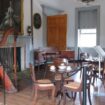
Enjoying your posts so much, keep posting.